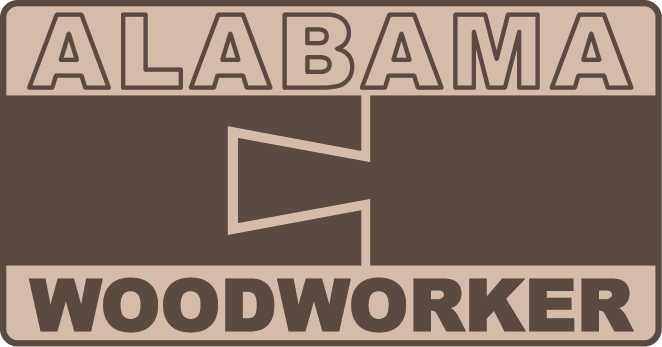*This post is sponsored by The Home Depot
Links below are affiliate links, clicking on them helps me keep this site going at no extra cost to you . Thank you for supporting my site.
The chair inserts are made from 3/4” Birch plywood.
The upholstered chair cushions for the dining chairs use a 3/4” Birch plywood insert as a platform. To cut the 3/4" Birch plywood to a more manageable size, I used the Ridgid OCTANE 18V 7-1/4 in. Circular Saw. This was the first time I've ever used a battery powered circular saw. I was quite impressed by the power. The Ridgid OCTANE Circular Saw provided a dust collection port. I attached my favorite Ridgid shop vacuum but I was not impressed with the dust collection. I'm sure it collected some of the dust but I'm used to plunge saws that collect much more dust when attached to a dust extractor. However, the convenience of a battery powered circular saw greatly outweighs the lack of dust collection.
Next, I crosscut the plywood to final width on my table saw and crosscut sled.
I had already developed a template to fit within the chair rails. So I traced the outline of my template on all the chair insert blanks. I like to use a Sharpie marker because it gives me a margin of error when I’m rough cutting on the bandsaw.
Tracing the outline of the chair insert template.
The chair inserts are rough cut on the bandsaw. I use some thin double stick tape to temporarily attach the template onto the plywood insert blanks. I used a pattern router bit on the router table to get a perfect match.
Rough cut the outline on the bandsaw.
Using double stick tape to temporarily attach the template to the blank.
Cutting the final shape on the router table using a pattern router bit.
The bottom edge of the chair insert get a 1/8” round over to ensure the upholstery fabric doesn’t rip along the edge. The top edge of the chair insert get a 1/2” round over to help shape the 2” upholstery foam.
I used a 1/8” round over bit along the bottom edge of the chair insert and a 1/2” round over bit along the top edge of the chair insert.
The bottom round over prevents upholstery fabric from ripping, and the top round helps shape the 2” upholstery foam.
To allow for air within the 2” upholstery foam to escape, a 1” hole was drilled towards the rear of the chair insert.
1” hole drilled towards the rear of the chair insert to allow air from the 2” upholstery foam to escape.
I ended up adding a 1/8” round over to the 1” hole to prevent the upholstery foam from getting cut along the edge.
Adding a 1/8” round over to the 1” relief hole.
The chair inserts fit perfectly within the chair rails with about 1/4” relief on all sides to allow space for fabric.











